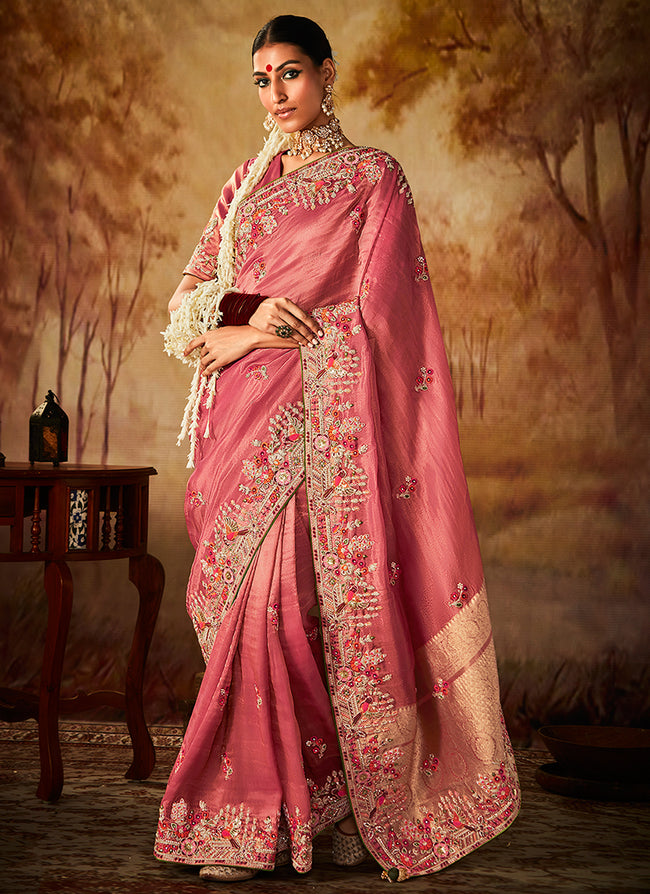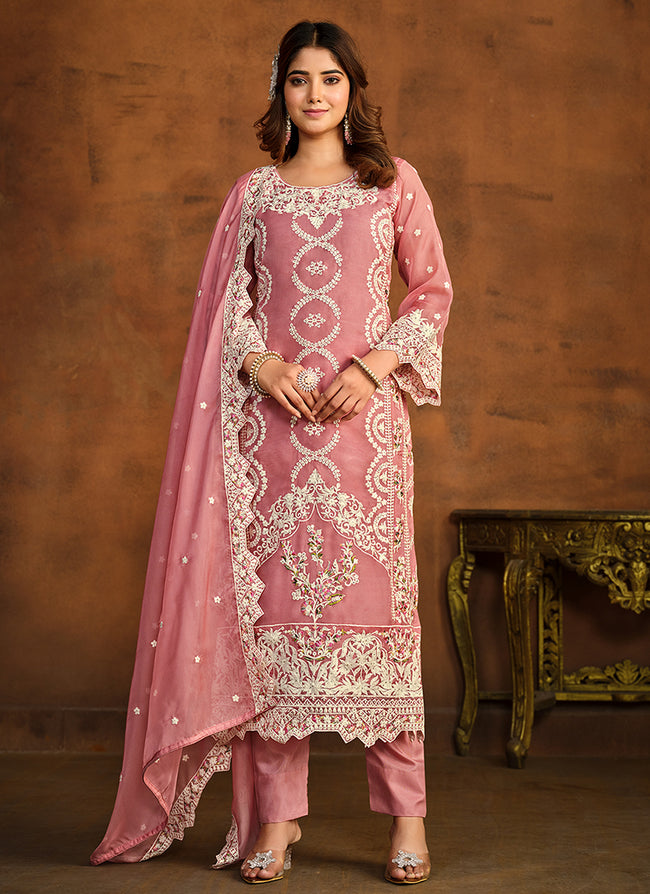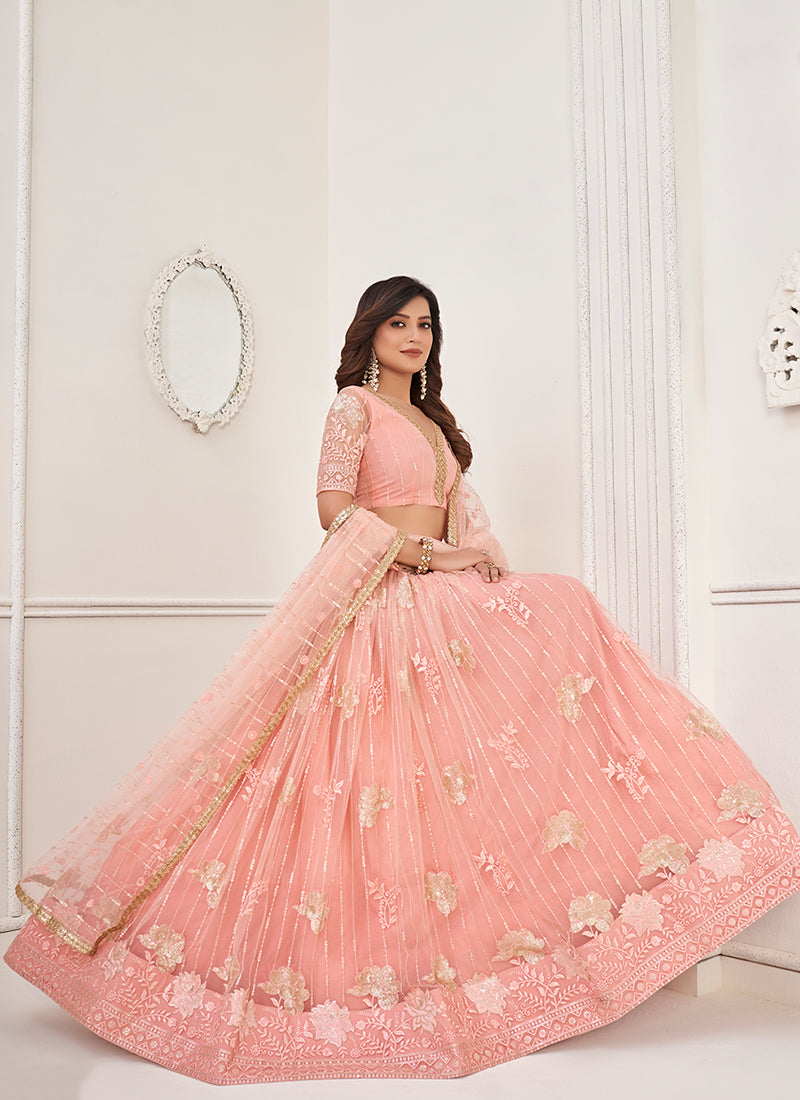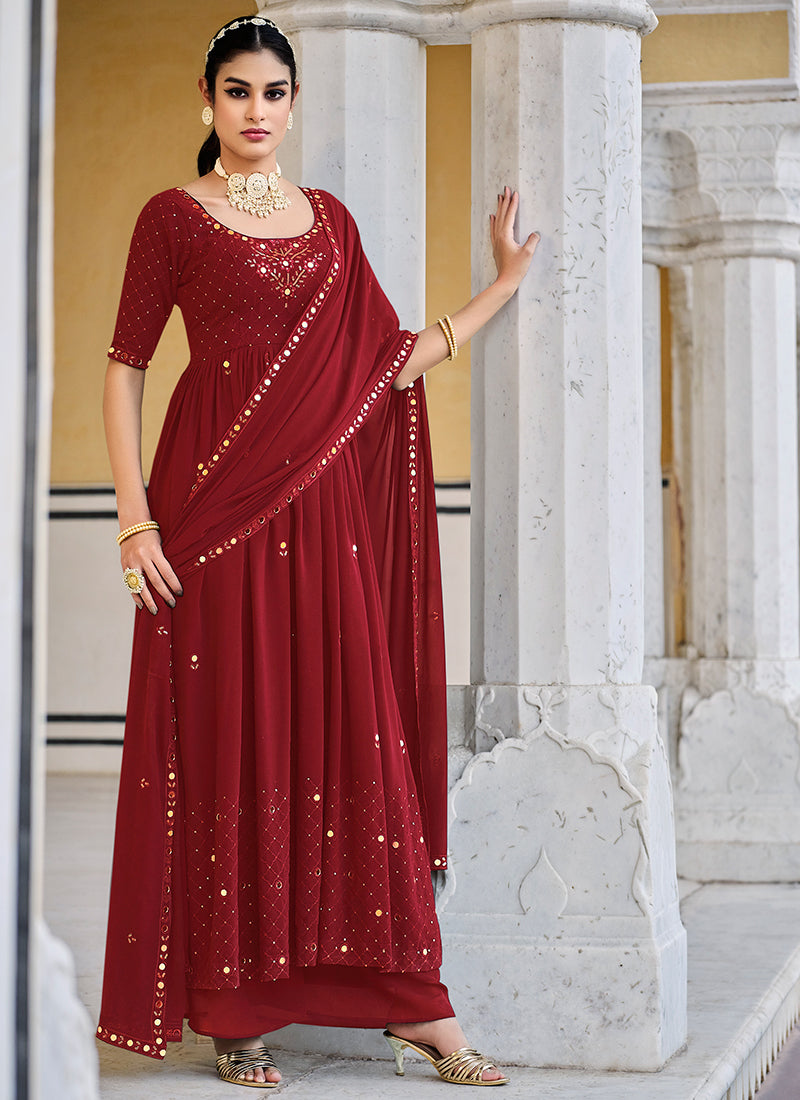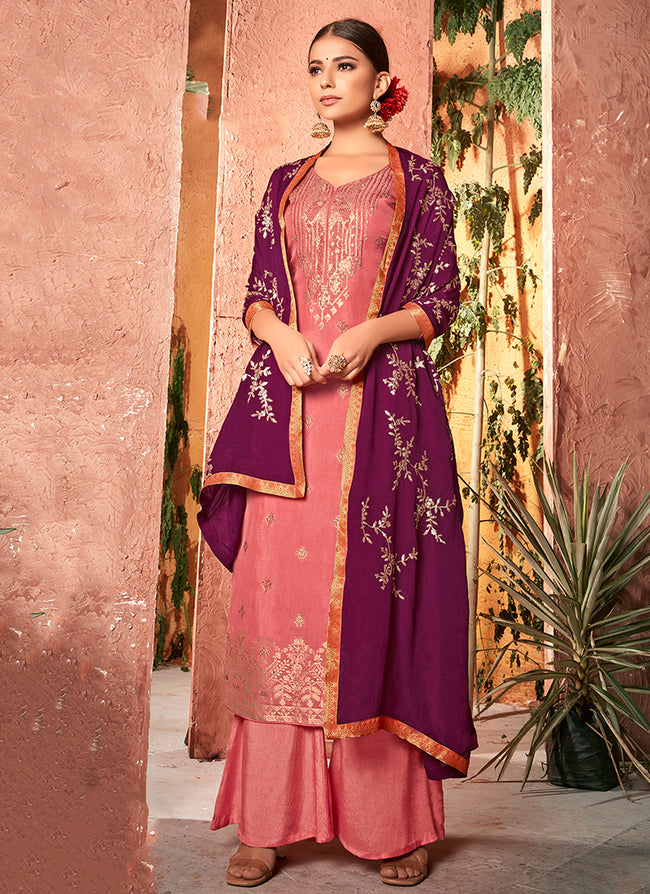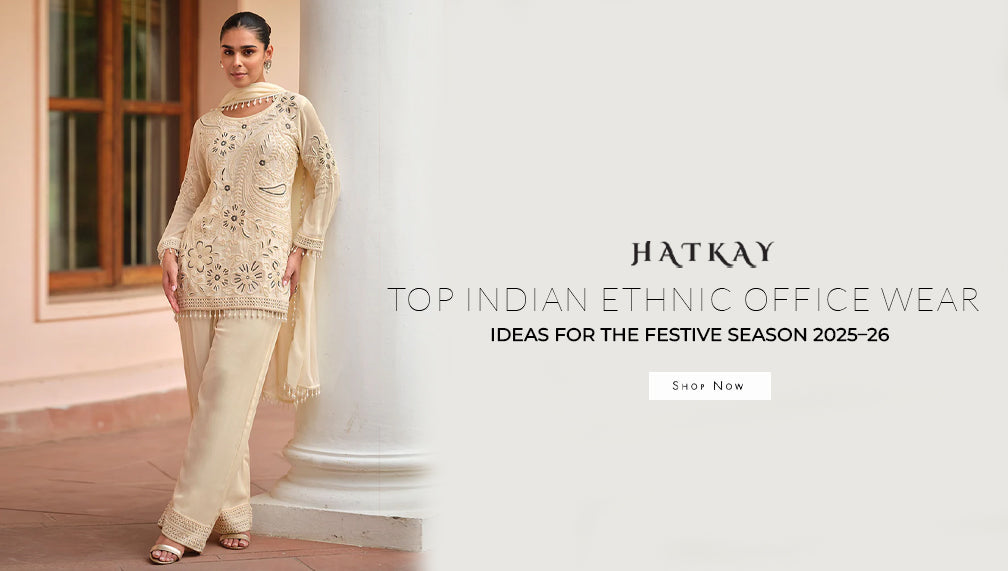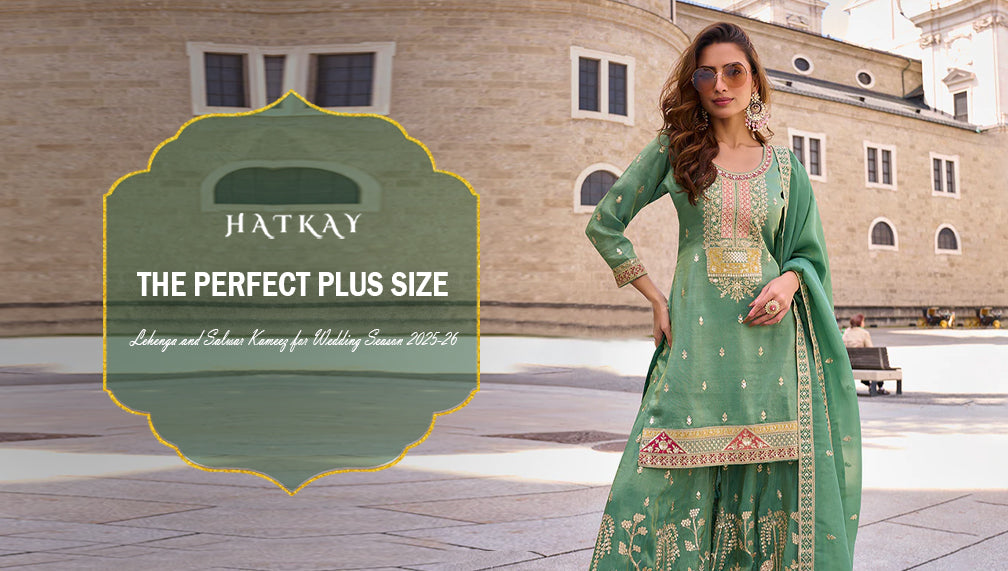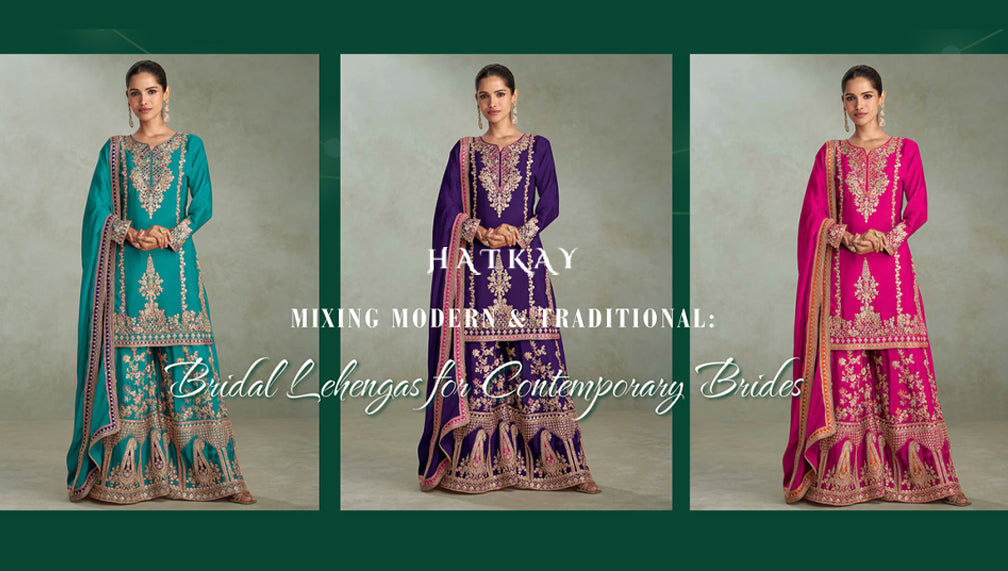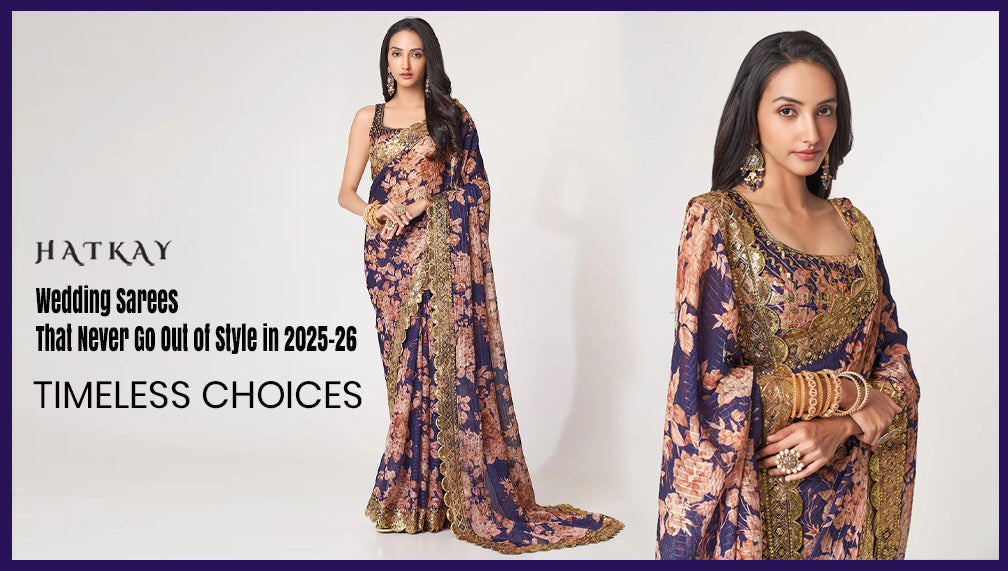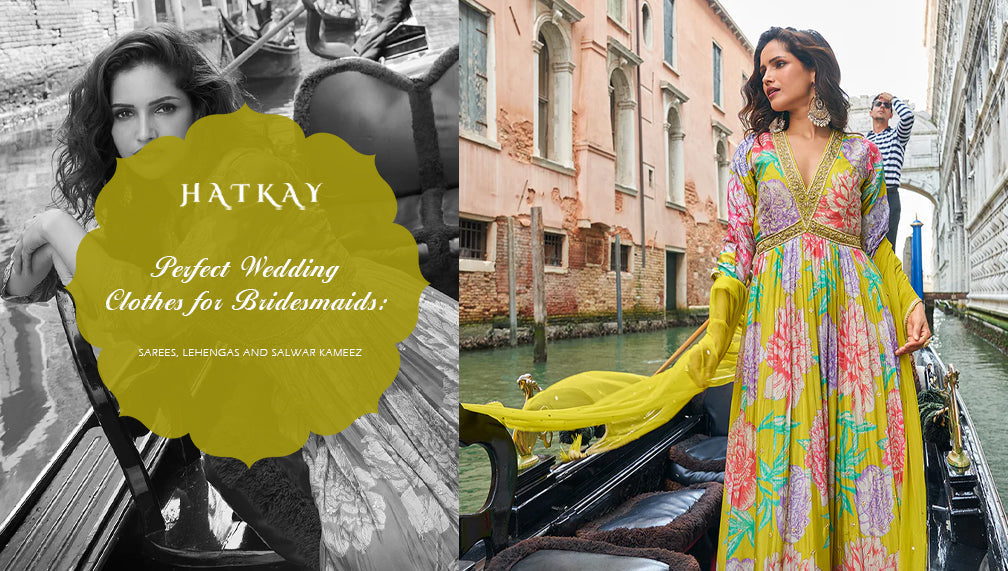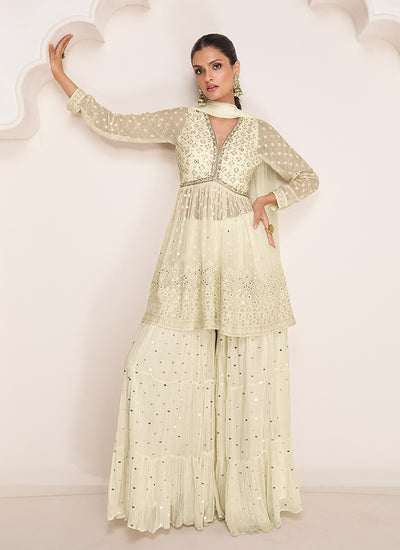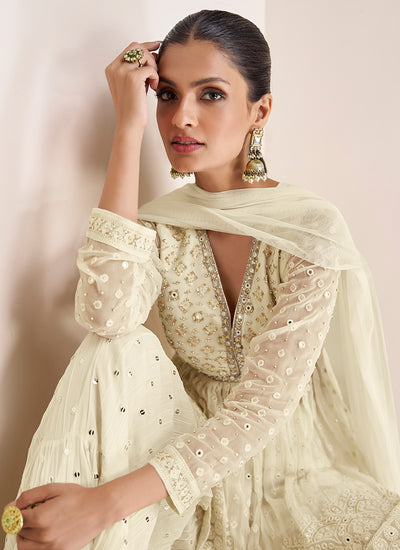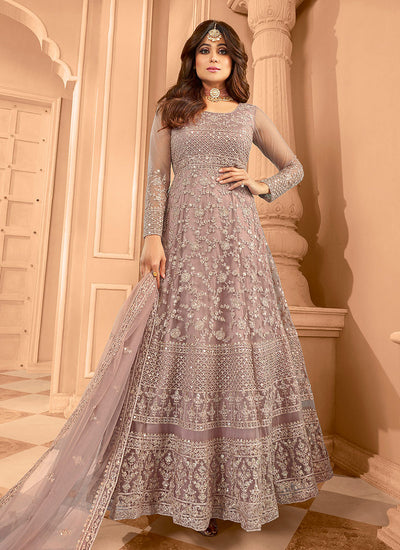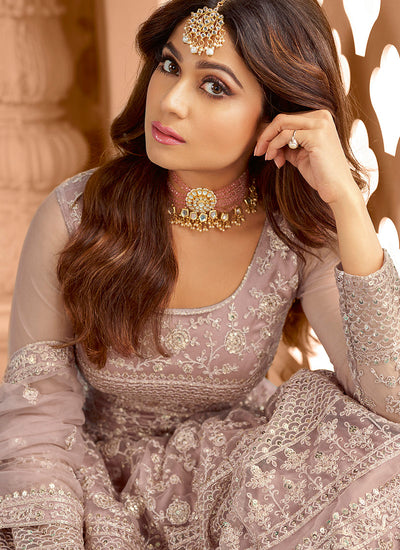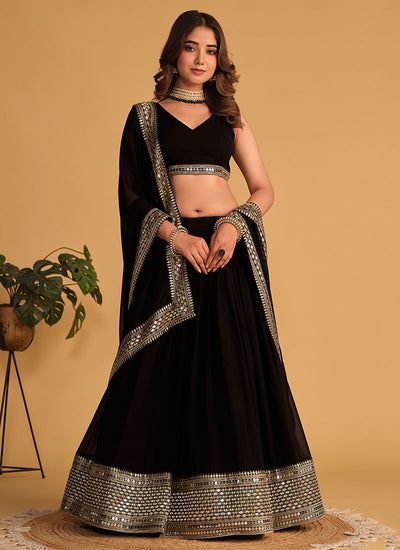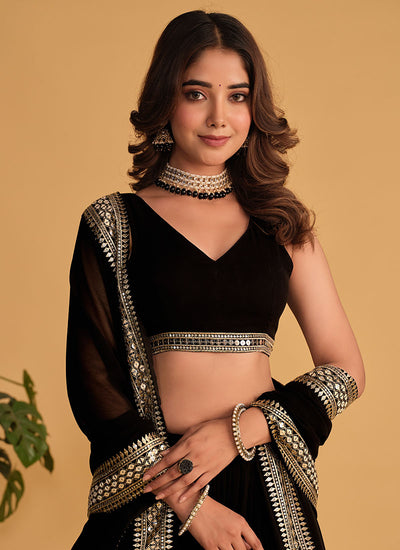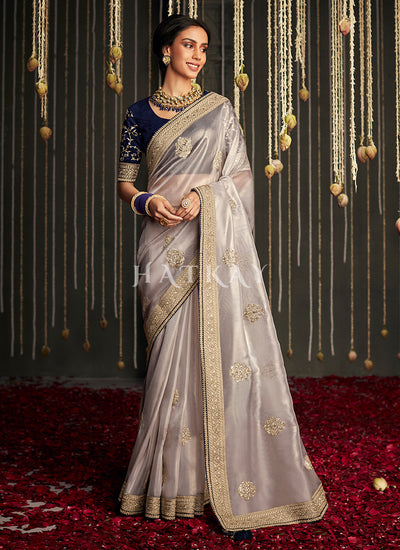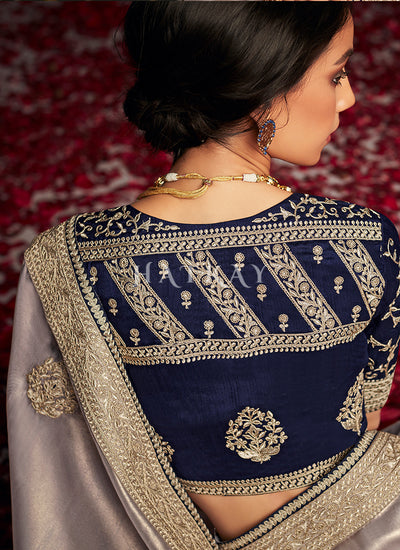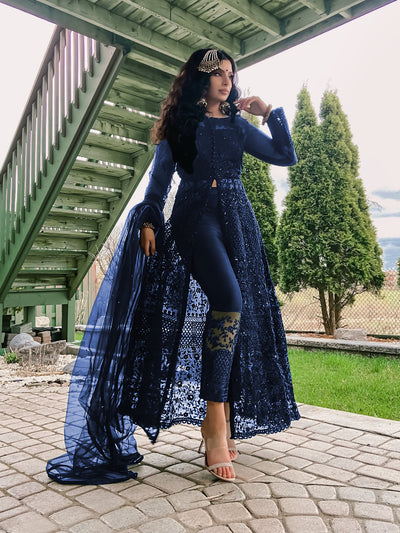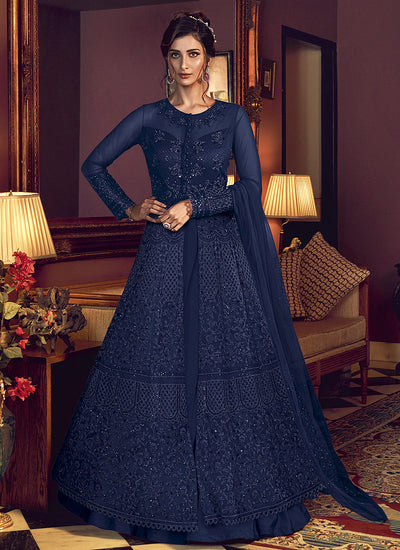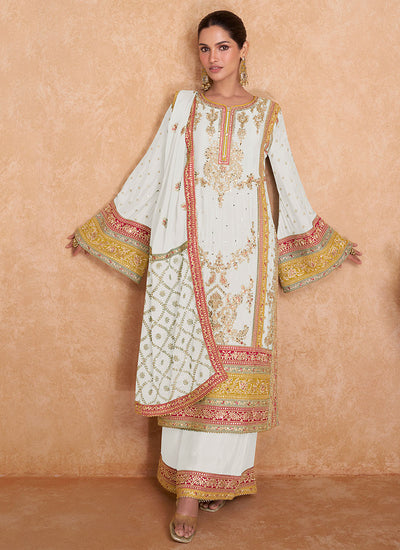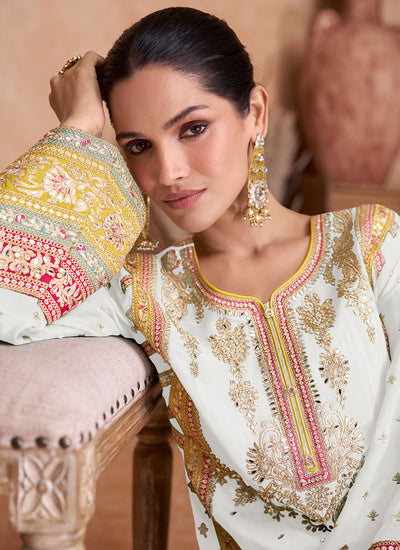
Sarees, Salwar Kameez, and More: The Essence of Indian Fashion
India, with its rich cultural tapestry and diverse traditions, has always been a source of inspiration for the global fashion industry. The traditional attire of Indian women, including sarees and salwar kameez, is not just clothing; it's a reflection of the country's heritage, craftsmanship, and evolving fashion trends. In this article, we will delve into the essence of Indian fashion, exploring the significance of sarees, salwar kameez, and other traditional garments that have stood the test of time.
1. The Timeless Elegance of Sarees:
A. Historical Significance:
Sarees have a history that dates back centuries. Originating from different regions of India, each type of saree tells a unique story. From the Banarasi silk sarees of Varanasi to the Kanjeevaram silk sarees of Tamil Nadu, the history and cultural influences are woven into the fabric itself.
B. Regional Diversity:
The diversity in India's culture is mirrored in its sarees. Different states boast their distinctive weaving techniques, patterns, and motifs. Whether it's the vibrant Bandhani of Gujarat or the subtle Jamdani of West Bengal, sarees are a canvas that encapsulates the artistic diversity of the country.
C. Contemporary Trends:
Despite being deeply rooted in tradition, sarees have not been immune to modern influences. Contemporary designers are experimenting with fabrics, cuts, and embellishments, giving rise to fusion sarees that seamlessly blend tradition with a modern aesthetic.
2. Salwar Kameez: A Fusion of Comfort and Style:
A. Evolution of Salwar Kameez:
The salwar kameez, a traditional ensemble consisting of loose-fitting trousers (salwar), a tunic (kameez), and a matching scarf (dupatta), has evolved over the years. Originally associated with the Mughal era, it has adapted to changing fashion sensibilities.
B. Versatility and Adaptability:
One of the salient features of the salwar kameez is its versatility. It can be worn casually, at work, or as an elegant outfit for special occasions. The adaptability of this attire has contributed to its popularity not only in India but across the globe.
C. Contemporary Designs:
Modern designers are reimagining the classic salwar kameez, infusing it with contemporary cuts, unconventional fabrics, and innovative embellishments. The fusion of traditional elements with a modern twist has given rise to a new era of stylish and comfortable ethnic wear.
3. Beyond Sarees and Salwar Kameez: Other Traditional Garments:
A. Lehenga Choli:
The lehenga choli, a three-piece ensemble comprising a cropped blouse (choli), a flared skirt (lehenga), and a dupatta, is a popular choice for weddings and festive occasions. Its intricate embroidery and vibrant colors make it a symbol of celebration.
B. Anarkali Suit:
Inspired by the legendary dancer Anarkali, this flowing, floor-length suit is a timeless classic. With its fitted bodice and flared skirt, the Anarkali suit exudes grace and femininity, making it a favorite for formal events and ceremonies.
C. Palazzo Suits:
Palazzo suits have gained popularity in recent years, offering a modern twist to traditional fashion. These suits feature wide-legged trousers (palazzo pants) paired with a kurta and a dupatta. The fusion of comfort and style has made palazzo suits a go-to option for women looking to make a contemporary statement while embracing their cultural roots.
Incorporating these diverse styles into the narrative of Indian fashion showcases the continuous evolution and creativity within the industry. As designers explore innovative designs and reinterpret traditional elements, women have an extensive array of choices that reflect both their cultural heritage and contemporary fashion preferences.













